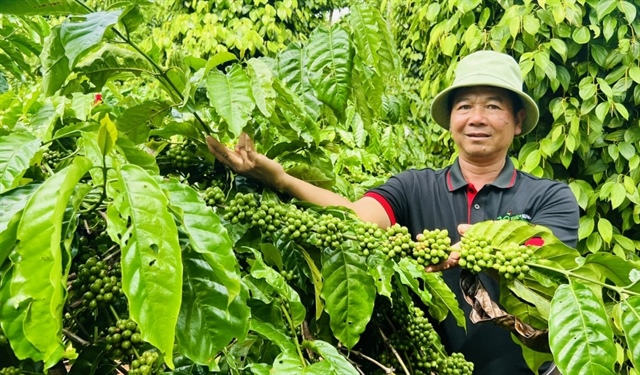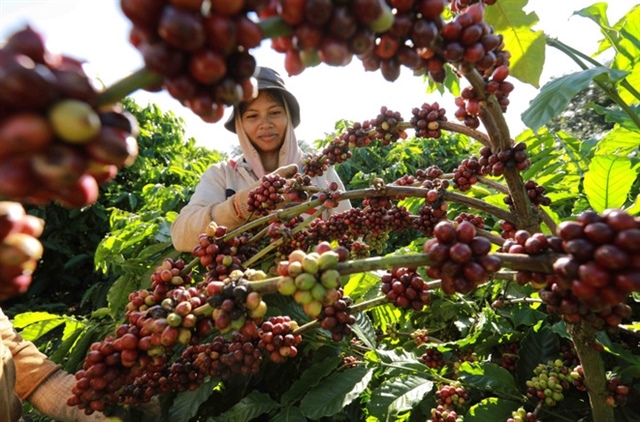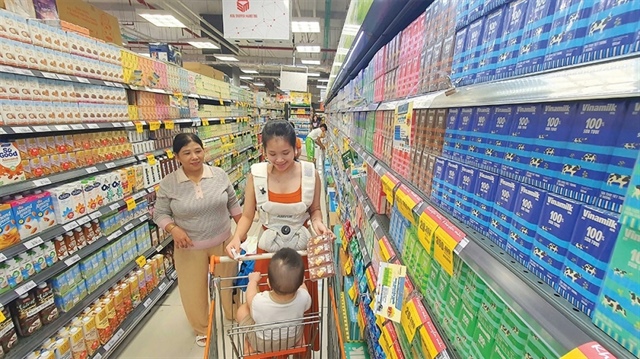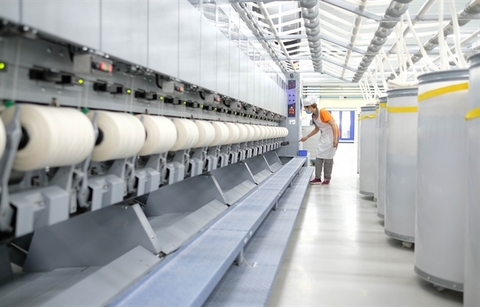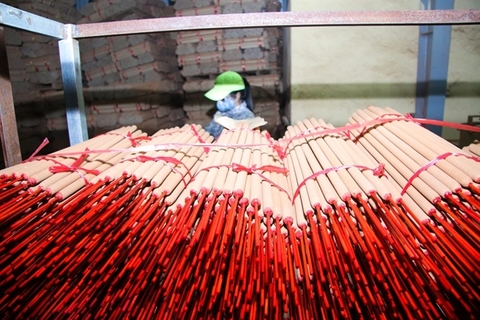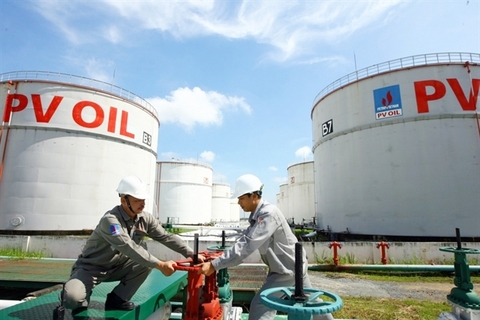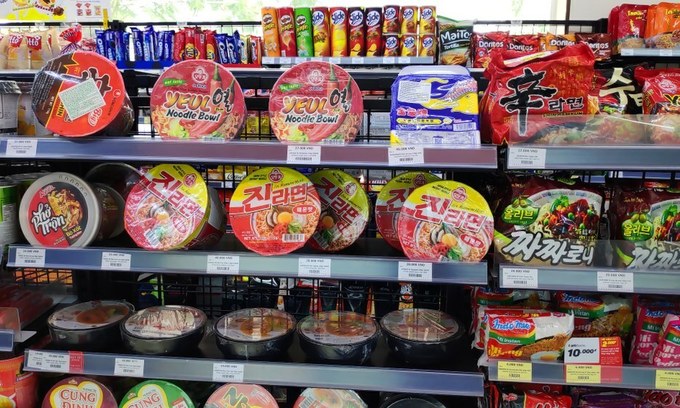Incomplete joy
Incomplete joy
Vietnam’s rice export to the Philippines has sharply grown since the latter removed her rice import quotas at the beginning of this year. Still, when it comes to value, those who directly produce rice in Vietnam do not benefit much despite the surge in quantity.
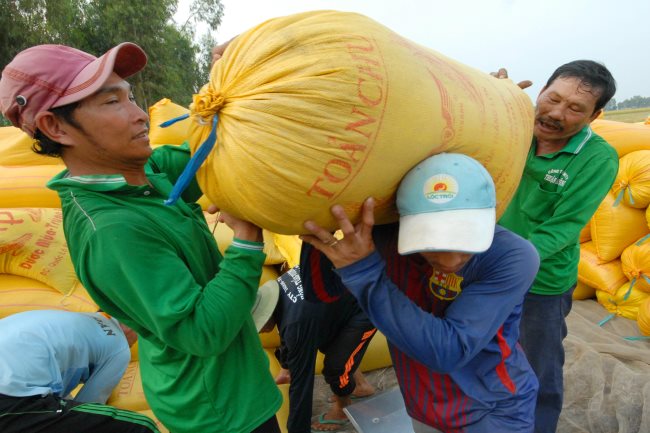
In previous years, the Philippines adopted a quota mechanism for rice import. In addition to allocating the private sector an annual quota of some 850,000 tons, the Philippines’ National Food Authority (NFA), having taken into account the balance between supply and demand at home, would then invite bids for government-to-government rice buys from other countries, mainly Vietnam and Thailand.
However, this year, specifically on February 15, the President of the Philippines signed the enactment of Act No. 11203, converting the rice import mechanism from applying quotas to taxation. The Act has removed rice import quotas and instead imposed a 35% duty on imports from ASEAN countries. This rate is much lower than that applied to non-ASEAN states, which is up to 180%.
Such a policy change may help Vietnam’s rice exports to the Philippines afford a sudden rise in volume in the early months of 2019. As per a report by the General Department of Customs, rice export to the Philippines reached 1.46 million tons in the first seven months of 2019, an upswing of 218.8% in quantity over the same period last year. Although the turnover was nearly US$590 million, an increase of 171.4% in value, the average export price slid 14.9% to only US$402.9 per ton. In other words, the efficiency failed to meet expectations with the value per unit of product having falling year-on-year.
The lower export price has partly affected domestic rice prices in recent months. Needless to say, the decline in rice export price urges businesses to reconsider the purchasing price of raw materials and subsequently cut the purchasing price of domestic rice, says Nguyen Thanh Phong, director of Van Loi Company in Tien Giang Province.
In addition to the new way of calculating import prices—from the CIF price with delivery done at the Philippines’ warehouse to the FOB price at a HCMC port—it is also due to the reduction in the global rice price, leading to double effects, says Nguyen Dinh Bich, an analyst in the rice market. In the first seven months of 2019, the average export price of Vietnamese rice was only US$432.5 per ton, down 14.7% over the same period last year.
Another factor, according to Bich, is the impact of the 35% tax rate the Philippines slaps on rice imported from ASEAN countries. “The 35% duty is another reason why the price of Vietnamese rice exported there has gone down, but it is not reflected in the price since each Filipino importer has to make calculations and only import when they find it profitable,” contends Bich, adding that domestic exporters will certainly have to reconsider the price they buy rice from farmers.
Quality control tightened
Recently, the Philippines’ Department of Agriculture (DA) said it was considering the use of more non-tariff measures, including stringent sanitary and phytosanitary requirements to keep rice imports in check.
Specifically, the Philippines may lower the maximum residue level (MRL) for pesticide content of imported rice to nearly zero. In addition, shipments are required to go through analysis of harmful disease risks.
The aforesaid moves, according to the DA, are an attempt to help farmers cope with falling domestic rice prices due to the influx of cheap imported rice, after Act No. 11203 took effect.



